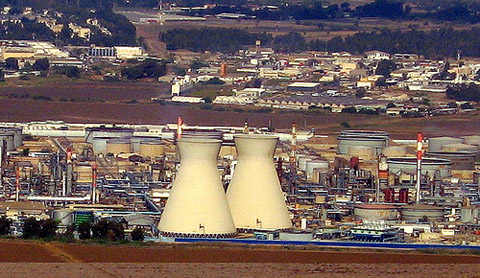In the United States, people use more than 420 million gallons of gasoline in over 200 million vehicles everyday (with a total of seven billion miles traveled). That explains how dependent the country is to gasoline. And with the never-ceasing increase of gasoline prices, every car owner wants to know: where does my gasoline come from and how is it made?
If you own a car, you surely know how important gasoline is to your most prized investment. Of course, your car won’t run without gasoline. The power of your vehicle comes from the gasoline. But have you ever bothered to know where gasoline comes from?
Where does my gasoline come from, you might be asking now. Gasoline is a byproduct of crude oil, which comes from the remains or fossils of plants and animals that inhabited the Earth many years ago. That is why crude oil is called fossil fuel. Layers of sediment covered up these fossils, and extreme temperatures and pressure created mixtures of liquid hydrocarbons. A chemical combination of hydrogen and carbon, a hydrocarbon is commonly known as crude oil.
Since crude oil is composed of a combination of hydrocarbons, refineries divide hydrocarbons into various products. Aside from gasoline, the other refined crude oil products include kerosene, diesel, LPG (liquefied petroleum gases), cleaning solvents, jet fuel, residual fuel oil, heating oil, and other petroleum products. Refined crude oil is also used in manufacturing solid products such as plastics and asphalt.
So how is gasoline created from crude oil? Crude oil undergoes a refining method called fractional distillation—the same process used in making strong alcoholic drinks like rum, vodka, and whiskey—before it is converted into gasoline. The basic refining process involves dividing the crude oil into its different parts. This is done by heating the crude oil and pouring it into a distillation column for boiling or distilling the various hydrocarbon parts. The distillation column is a tall and cylindrical container with a lot of plates and trays where the distilled crude oil is condensed. Then the hydrocarbon compounds are condensed at varying temperatures. After the distillation of crude oil, the outcome undergoes transformation of molecular structure through chemical reactions. And the chemical reactions are achieved through a catalyst or a chemical that speeds up chemical reaction without being used in the reaction. Some chemical reactions are made through variations in pressure and heat.
The type of refinery and the location determine the percentage of crude oil that is used to make gasoline. In countries like the United States with high demand for gasoline, the crude oil is pegged at around 50%. The figure is quite lower in Asia and Europe, though these regions produce higher proportions of other petroleum products such as heating oil and diesel oil.
At this point, your question as to “where does my gasoline come from” has been answered. To sum it up, gasoline is made from crude oil, which is fossil fuel that has gone through the refinery processes created by nature, and man.
